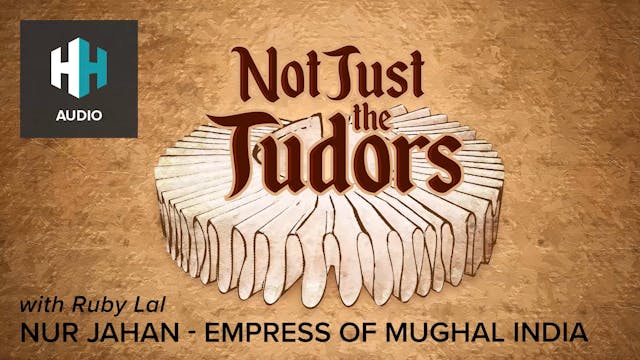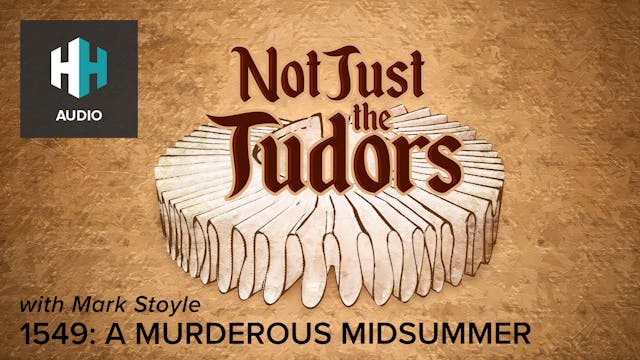🎧 Mary I: Myths Vs. Reality
🎧 Not Just the Tudors • 45m
Queen Mary I was the daughter of Henry VIII and Catherine of Aragon. She reigned - as England’s first Queen Regnant - between 1553-1558. Unlike her sister and successor Elizabeth I, Mary’s posthumous reputation has largely focussed on religious persecution. But what does the written evidence from her own lifetime say about the manner in which she ruled?
In today’s edition of Not Just the Tudors, Professor Suzannah Lipscomb talks to Dr. Valerie Schutte and Dr. Jessica S. Hower. Their extensive research into Queen Mary I asks new questions and seeks new answers that deepen our understanding of her reign, her significance and her impact on the early modern era and its popular culture.
The Senior Producer was Elena Guthrie. It was edited and produced by Rob Weinberg.
For more Not Just The Tudors content, subscribe to our Tudor Tuesday newsletter here: https://www.historyhit.com/sign-up-to-history-hit/?utm_source=timelinenewsletter&utm_medium=podcast&utm_campaign=Timeline+Podcast+Campaign
Up Next in 🎧 Not Just the Tudors
-
🎧 Life in Tudor England
What was life really like in Tudor England? This was a society where monarchy was under strain, the church was in crisis, where contending with war, rebellion, plague and poverty was a fact of daily life. Yet it was also an age rich in ideas and ideals, where women asserted their agency and found...
-
🎧 Nur Jahan - Empress of Mughal India
In 1611, the daughter of a Persian nobleman and widow of a subversive official, became the 20th and favourite wife of the Mughal Emperor Jahangir. Unique and outstanding for the age in which she lived, Nur Jahan rose to become an astute politician, issuing imperial orders and appearing on coins. ...
-
🎧 Edward VI & The Prayer Book Rebellion
The so-called “Prayer Book Rebellion” of 1549 saw the people of Devon and Cornwall rising up against the young King Edward VI, determined to halt the religious reforms of the Tudor period. The rebellion led to a siege of Exeter, savage battles with Crown forces, and the deaths of 4,000 local men ...




2 Comments